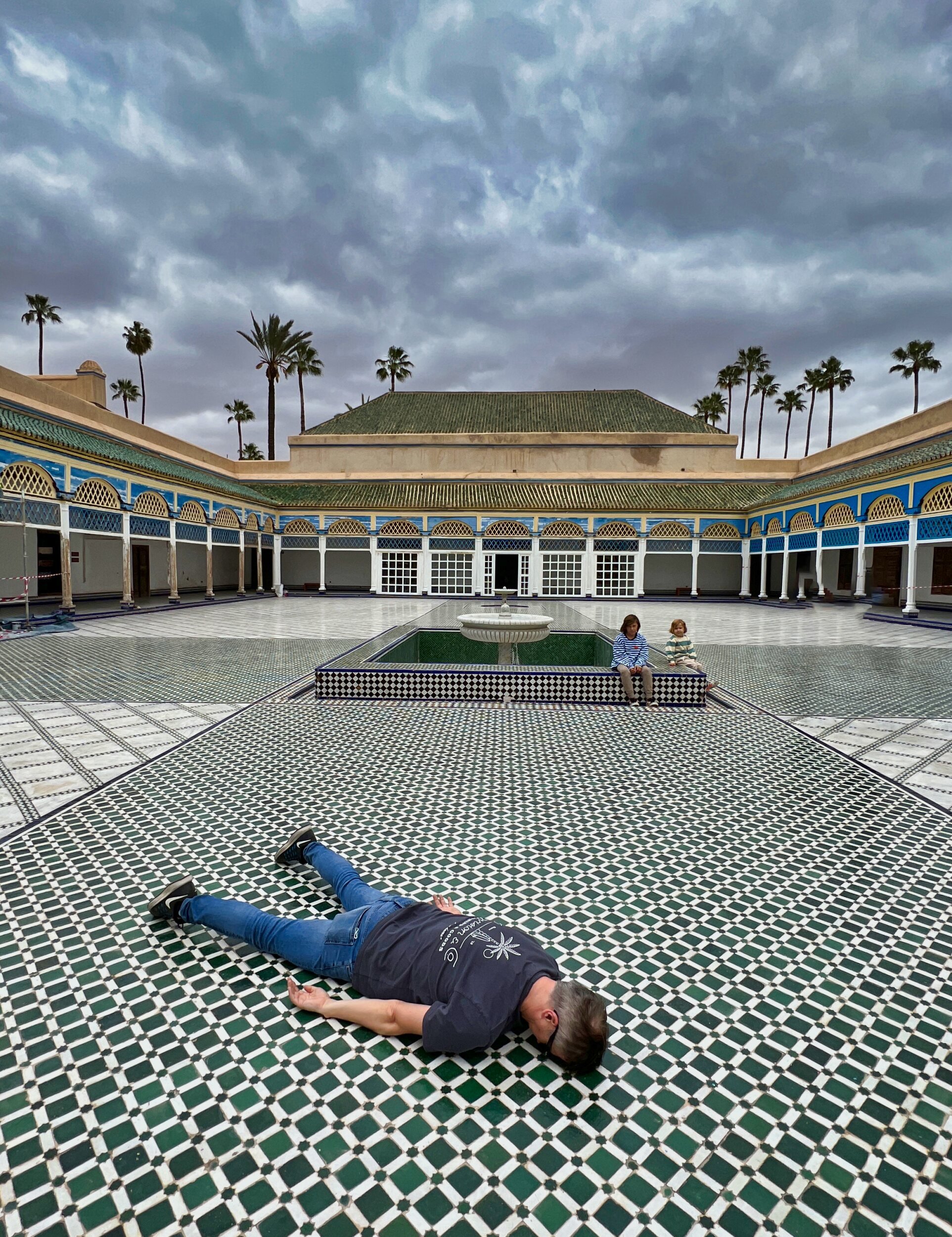Bahia Palace
Bahia Palace: A Jewel of Marrakech
Nestled in the heart of Marrakech, the Bahia Palace stands as a testament to the rich history and architectural prowess of Morocco. This magnificent palace, whose name means "brilliance", is a reflection of the best of Moroccan and Islamic architecture.
History:
The Bahia Palace was built in the late 19th century by Si Moussa, the grand vizier of the sultan, for his personal use. Later, the palace was expanded by his son, Bou Ahmed, who added several key features, including the beautiful gardens that surround the palace today. Bou Ahmed resided in the palace with his four wives, 24 concubines, and many children, making it a bustling center of activity.
Architecture:
The palace spans over 8,000 square meters and is adorned with intricate stucco work, colorful zellij tiles, and carved cedar ceilings. The rooms are built around courtyards filled with fragrant orange trees, fountains, and gardens. The palace is a blend of Andalusian and Moorish architecture, with influences from the Sahara and beyond.
Gardens:
The gardens of the Bahia Palace are a serene oasis in the midst of the bustling city. They are home to a variety of plants, including cacti, palm trees, and jasmine, which fill the air with their sweet fragrance. The gardens are meticulously maintained and provide a tranquil space for visitors to relax and reflect.
Visiting the Palace:
Today, the Bahia Palace is open to the public and is one of Marrakech's most visited tourist attractions. Visitors can explore the various rooms, courtyards, and gardens, and immerse themselves in the history and culture of Morocco. The palace also hosts various cultural events and exhibitions throughout the year.
UNESCO World Heritage Site
Part of a World Heritage Site declared by UNESCO in 1985. inside Marrakech Medina



